Knowing how to effectively respond to an unexpected knife attack is a crucial officer-safety concern. If a suspect is further than 21 feet, you may be able to fire one or two shots, though you'll want to rotate off line to try to get out of the path of the incoming knife. To survive a deadly knife threat, know your tactics, study concealment, realize capabilities, learn knife fighting and develop basic knife defenses. Photos and captions by Al Abidin.
Surviving Edged Weapon Threats
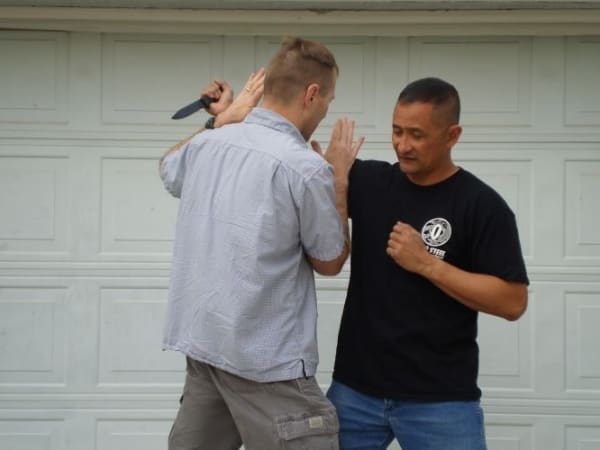
If the suspect comes in high with an "ice pick" grip on the knife, step toward him and perform a double chop, targeting the inside of his wrist or elbow.
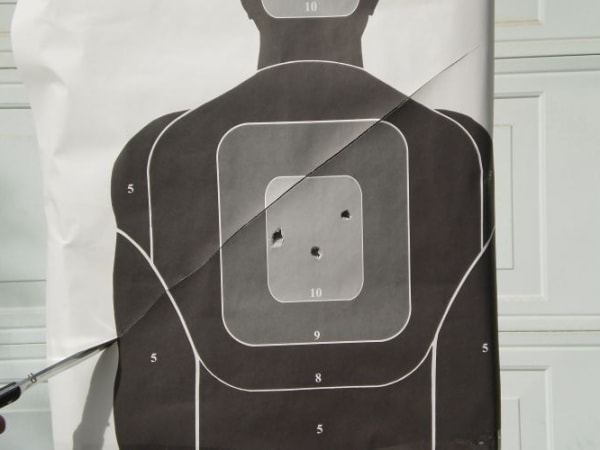
Yes, bullets are very destructive, but as evidenced by this damaged target, so are knife slashes. When a gun is fired, the bullet is about the size of a marble and it could miss the suspect. When a suspect slashes at you with a knife, he swipes a three-foot-long path of destruction.
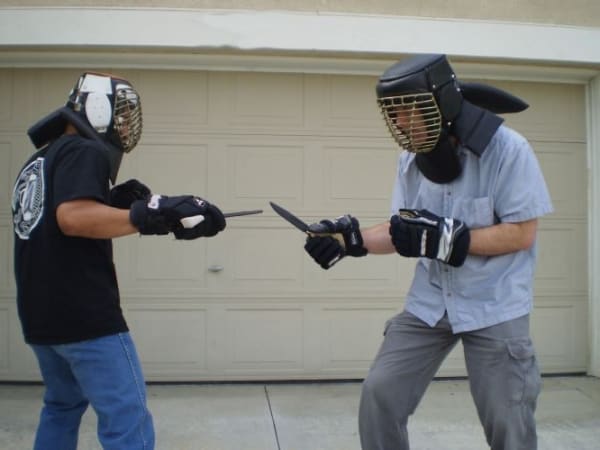
Practice knife-defense techniques using training knives and the appropriate protective gear. You'll want to learn how to use a knife, so you can defend against it. Get a few training knives and put yourself into a realistic situation with a determined attacker to test your defense move.
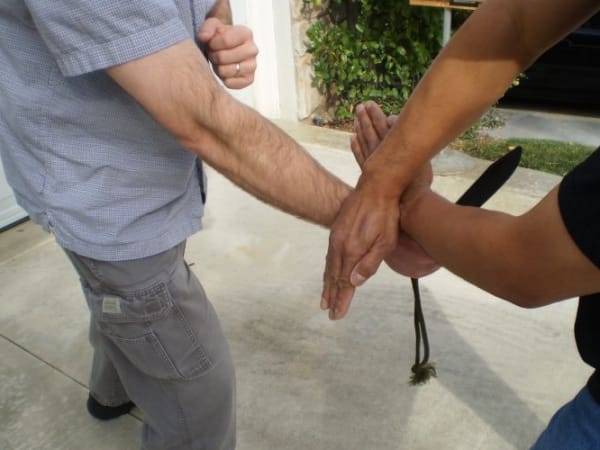
Blocking a low attack requires using your arms to form an "X" to hit the suspect's wrist and stop the stab. Continue your motion with a back fist strike to the suspect's face or a chop to his neck.
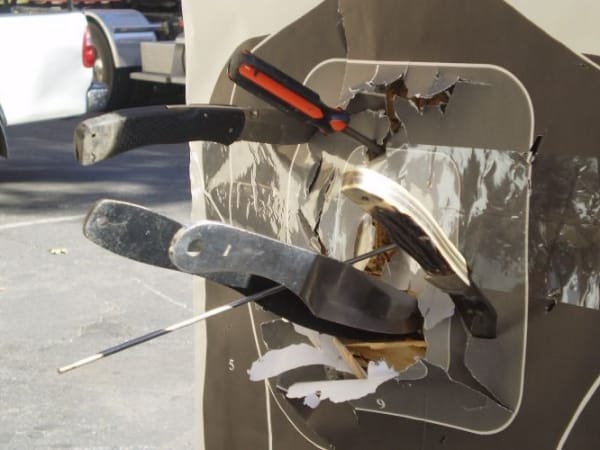
Knives are deadly weapons and come in a variety of sizes and shapes. They're easy to obtain, very concealable and don't require much training to use to hurt someone. Other pointy objects found around the house such as a screwdriver can also be used in an edged-weapon attack.
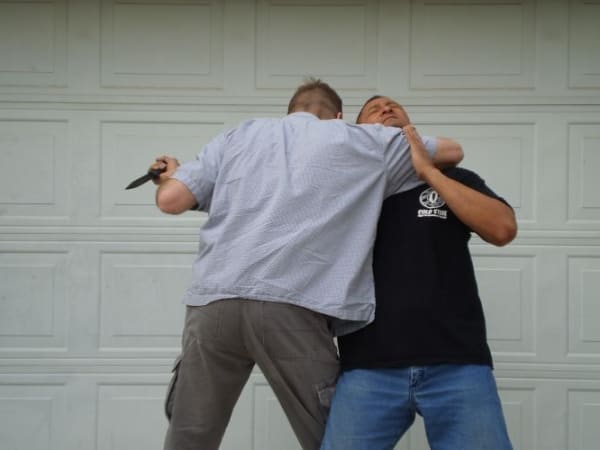
The next step of a high attack involves chopping the suspect's neck. Then bring your closest leg behind his leg and put your arm around his neck as you twist your body to take him down. You'll need to control the hand with the knife.

